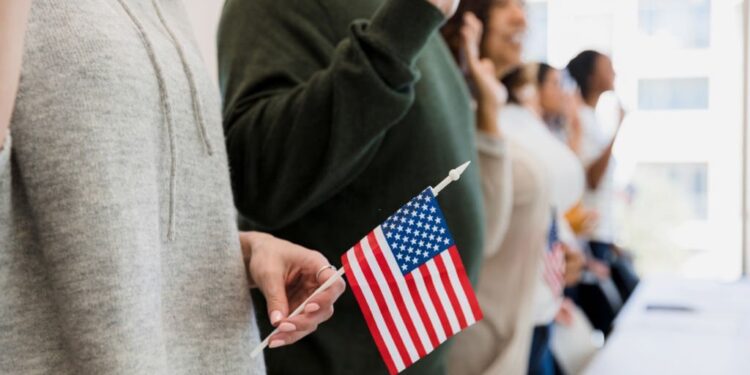Introduction
American-made technology has ended up in the hands of Russian airlines that are the target of international sanctions. This disclosure has raised concerns regarding the effectiveness of the present restrictions and possibly national security repercussions. Despite efforts to restrict the export of sensitive technology, unauthorised channels and loopholes make it possible for sanctioned airlines to buy American-made equipment. This article explores the subject, illuminating the obstacles facing decision-makers and the pressing need for better protection.
U.S.-Made Technology Is Flowing to Russian Airlines
The information, which was gathered and examined by Import Genius, a U.S.-based trade data aggregator, reveals that Russian airlines explicitly targeted by the Biden administration’s sanctions received tens of millions of dollars worth of aircraft parts, including Rossiya Airlines, Aeroflot, Ural Airlines, S7 Airlines, Utair Aviation, and Pobeda Airlines.
Those shipments were made feasible by illegal networks like Mr Patsulya’s, which have emerged to get around the limitations by rerouting merchandise through some straw buyers, frequently in the Middle East and Asia.
As an illustration, dozens of shipments of copper wires, bolts, graphite, and other components labelled as created in the United States by Boeing snuck into Aeroflot’s storage facilities last year. They travelled to Russia to help repair Aeroflot’s fleet.
Shipments Data
Almost eight months into 2022, the data records nearly 5,000 separate shipments of aircraft parts entering Russia, ranging in value from $298,000 for a Honeywell-branded aircraft engine starter to simple screws.
It reveals that $14.4 million worth of American-made aircraft parts were shipped to Russia over eight months, including the $8.9 million cost of components allegedly built or patented by American aircraft manufacturer Boeing and imported into the country through intermediaries.
Boeing said
In early 2022, Boeing said that it had stopped offering parts, maintenance, and technical assistance to clients in Russia following U.S. sanctions. According to experts in the aviation supply chain, the details most likely came from various places, including pre-existing overseas inventories from airlines, maintenance shops, and resellers that deal in salvaged parts.
According to the data, most of the products were shipped via nations including China, the Maldives, the United Arab Emirates, and Turkey. However, many shipments, including those to Rossiya, were shipped from North America or Europe.
The men’s attorneys did not immediately answer an inquiry for comment.
According to The Observatory of Economic Complexity, a data visualisation platform that studies global economic trends, Russia’s imports of aeroplanes and aviation parts decreased from $3.45 billion annually before the invasion to only about $286 million.
Conclusion
The transfer of American-made technology to Russian airlines subject to sanctions prompts critical inquiries about the efficacy of the limits in place and the difficulties facing decision-makers. A vital first step in avoiding technology transfer to sanctioned groups is to close current gaps, strengthen export control controls, and promote industry compliance. Countries can better protect their national security and ensure their citizens’ rights are upheld by using a comprehensive strategy.


